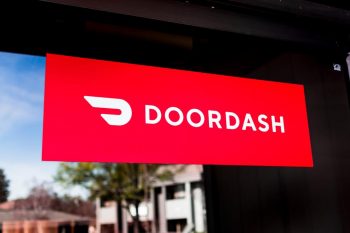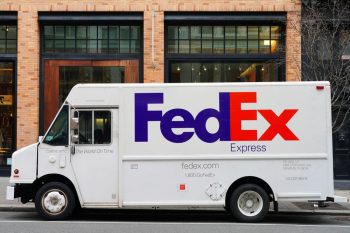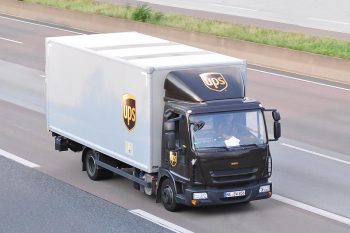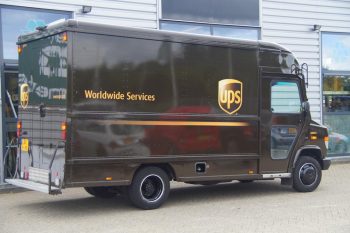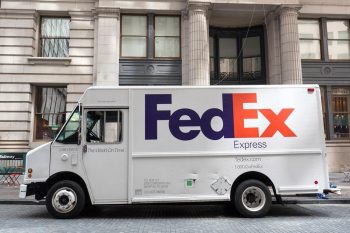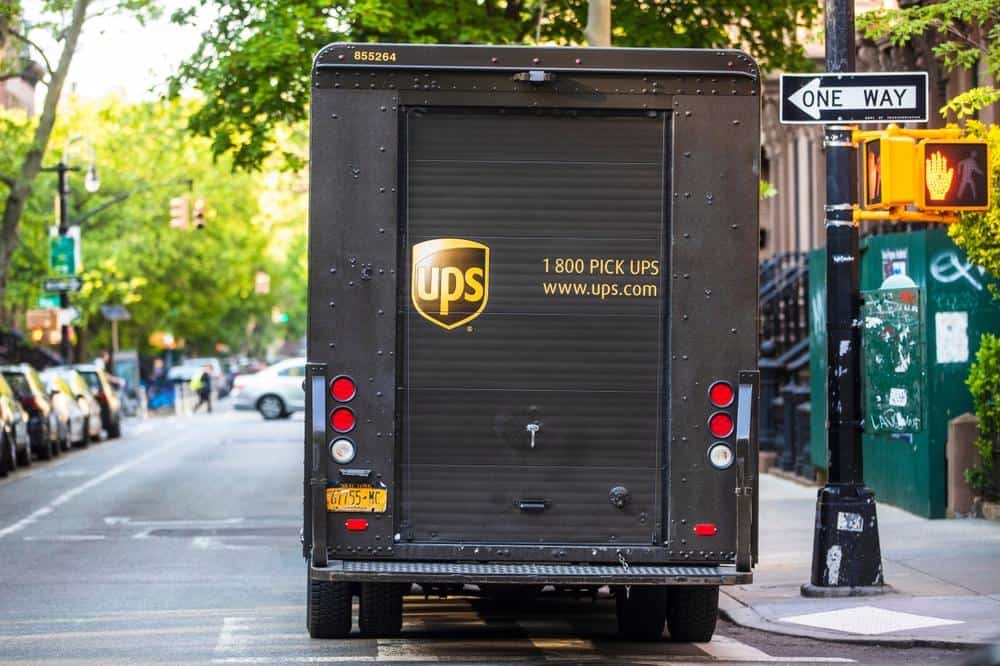
United Parcel Service (UPS), a global leader in logistics, uses advanced technology and operational strategies to plan and optimize delivery routes. Understanding how UPS routes work can provide valuable insights into the world of logistics and supply chain management.
UPS routes work using a proprietary routing software called On-Road Integrated Optimization and Navigation (ORION) which uses advanced algorithms, artificial intelligence, and machine learning to calculate the most efficient delivery routes. The software takes into account factors like package volume, delivery windows, truck capacity, and traffic patterns. In addition, UPS uses different strategies for ground and air deliveries and employs dynamic optimization to adjust routes in real-time based on changing conditions.
UPS Route Planning: The Basics
UPS uses a proprietary routing software called On-Road Integrated Optimization and Navigation (ORION) to determine the best routes for their deliveries. ORION, first unveiled in 2013, has undergone several updates and enhancements, making it an essential tool in UPS’s operational arsenal.
For each route per driver, ORION analyzes more than 200,000 routing options. The software takes into account factors such as package volume, delivery windows, truck capacity, and traffic patterns. It also considers UPS’s policy of minimizing left turns to save time, fuel, and reduce carbon emissions.
The Role of ORION in Route Optimization
ORION uses advanced algorithms, artificial intelligence, and machine learning to calculate the most efficient delivery routes for drivers. In 2020, UPS introduced Dynamic Optimization to the ORION platform. This feature recalculates individual package delivery routes throughout the day based on changing traffic conditions, pickup commitments, and delivery orders.
The implications of ORION’s capabilities are significant. Since its initial deployment, ORION has saved UPS about 100 million miles and 10 million gallons of fuel. This not only increases the company’s efficiency but also reduces its environmental impact.
Ground vs. Air Deliveries
UPS handles route planning for ground and air deliveries differently. For ground deliveries, UPS uses ORION to provide the most efficient route for local package car drivers. In contrast, air deliveries require the use of Network Planning Tools and the Harmonized Enterprise Analytic Tool. These tools help create a digital twin of real-time package flow, enabling UPS to make more informed decisions about routing and resource allocation.
Dealing with Unexpected Situations
UPS manages route changes due to unexpected situations like traffic and weather using Dynamic Optimization in ORION. This feature recalculates individual package delivery routes throughout the day as conditions change. In addition to ORION, UPS has a team of full-time meteorologists who monitor the weather and help create contingency plans as winter storms develop.
High-Demand Periods: The Holiday Season
During high-demand periods, like the holiday season, UPS employs various strategies to ensure route efficiency. These include hiring seasonal employees, expanding capacity, using additional vehicles, and implementing route optimization software. The company starts planning for the peak season early in the year, taking into account lessons learned from previous peak seasons to improve its network readiness strategy.
Future Innovations for Route Optimization
UPS is continuously working on improving its route optimization capabilities. Future versions of ORION may use real-time data that considers weather, traffic, and other variables to further optimize routes and improve efficiency. The company is also exploring the use of artificial intelligence and computer vision for more efficient operations.
In conclusion, UPS routes are designed to be efficient, cost-effective, and environmentally friendly. The use of advanced technologies like ORION and a focus on continuous improvement ensure that UPS remains a leader in the logistics and supply chain industry.
Frequently Asked Questions
What is the reason behind UPS’s policy of minimizing left turns?
UPS’s policy of minimizing left turns is based on efficiency and safety. Left turns can cause delays as drivers often have to wait for oncoming traffic to clear before turning. These delays can add up over time, leading to inefficiencies in the delivery process. Additionally, left turns are associated with a higher risk of accidents compared to right turns. Hence, by minimizing left turns, UPS can save time, fuel, and reduce the risk of accidents.
How does UPS handle route changes in case of emergencies or unexpected events?
UPS uses Dynamic Optimization in their ORION software to handle route changes due to unexpected situations like traffic and weather. This feature recalculates individual package delivery routes throughout the day as conditions change. Additionally, UPS has a team of full-time meteorologists who monitor the weather and help create contingency plans as winter storms or other severe weather conditions develop.
What strategies does UPS employ during high-demand periods like the holiday season?
During high-demand periods, like the holiday season, UPS employs various strategies to ensure route efficiency. These include hiring seasonal employees, expanding capacity, using additional vehicles, and implementing route optimization software. The company starts planning for the peak season early in the year, taking into account lessons learned from previous peak seasons to improve its network readiness strategy.
How does UPS plan to improve its route optimization capabilities in the future?
UPS is continuously working on improving its route optimization capabilities. Future versions of ORION may use real-time data that considers weather, traffic, and other variables to further optimize routes and improve efficiency. The company is also exploring the use of artificial intelligence and computer vision for more efficient operations.

